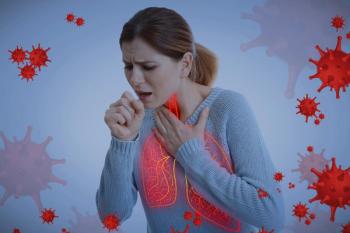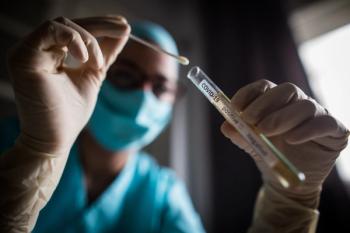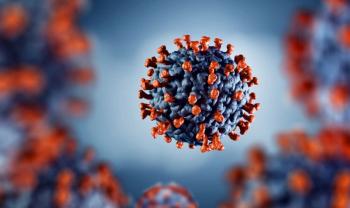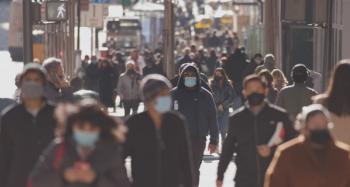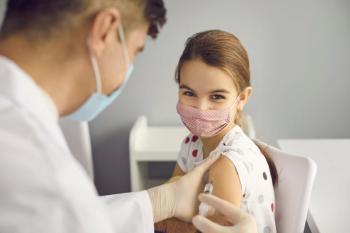
Mask Updates: CDC Recommends N95 and KN95
With increased infectivity of Omicron, the CDC has updated the guidance on the best mask types to use.
N95 and KN95 masks are the most effective in preventing the spread of COVID-19, according to
In its latest guidance, posted on its website on January 14, the CDC ranks different types of
But regardless of the type of mask chosen, the CDC adds, it should fit closely on the face and be comfortable enough when worn correctly (covering the nose and mouth) that it can be used when needed.
The updated guidance also explains the difference between masks and respirators. Masks are designed primarily to contain droplets that the wearer sneezes, breathes or coughs out, while also offering some protection from viruses spread by others.
Respirators are meant to provide protection by filtering the air and fitting closely on the face to filter out particles, but they also have some ability to contain droplets the wearer emits. “A respirator has better filtration, and if worn properly the whole time it is in use, can provide a higher level of protection than a cloth or procedural mask,” according to the guidance.
Given the greater protection respirators afford, the CDC says they “may be considered in certain situations and by certain people when greater protection may be needed or desired.” These include:
- When caring for someone who is sick with COVID-19
- If a person is at increased risk for severe illness, such as those who are immunocompromised, are over 65, or have certain underlying medical conditions
- Working in a job that requires interacting with large numbers of the public particularly when not everyone is
consistently masked - When using public transportation, such as buses, planes and trains
- In crowded settings where physical distancing isn’t possible
- Not being up-to-date on COVID-19 vaccinations
In a statement announcing the updates the CDC said they “reflect the science on masking, including what we have learned in the past two years, and will provide people the information they need to improve how well their
Newsletter
Pharmacy practice is always changing. Stay ahead of the curve with the Drug Topics newsletter and get the latest drug information, industry trends, and patient care tips.

